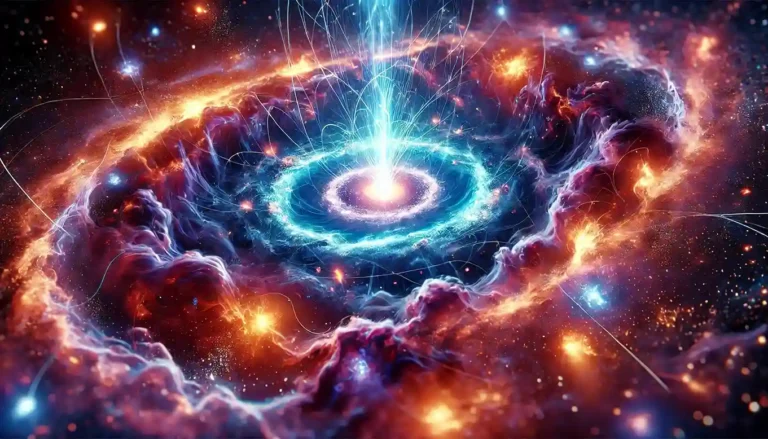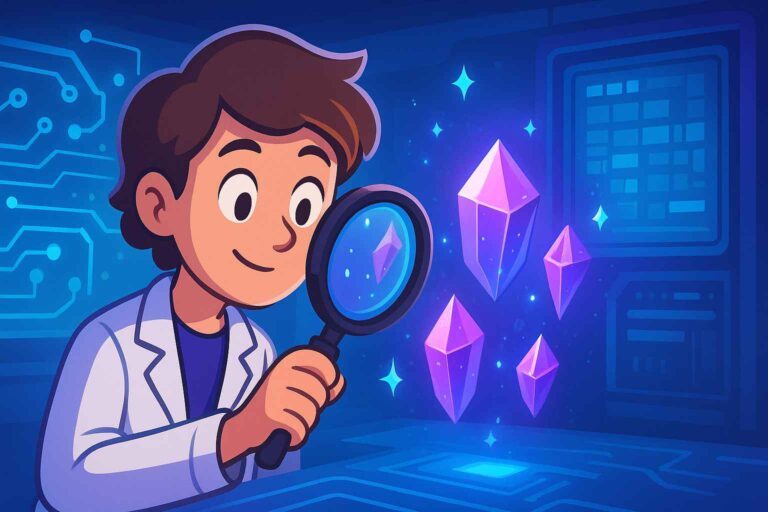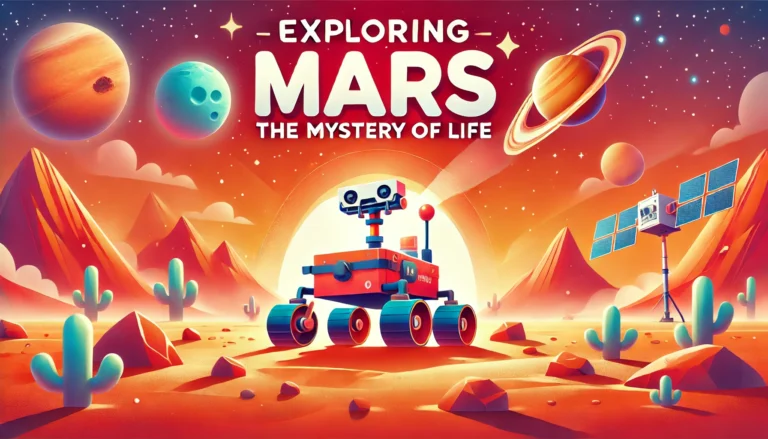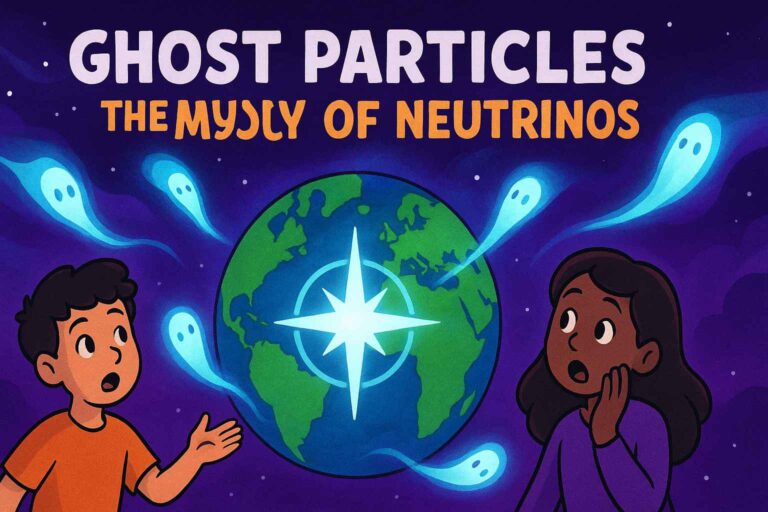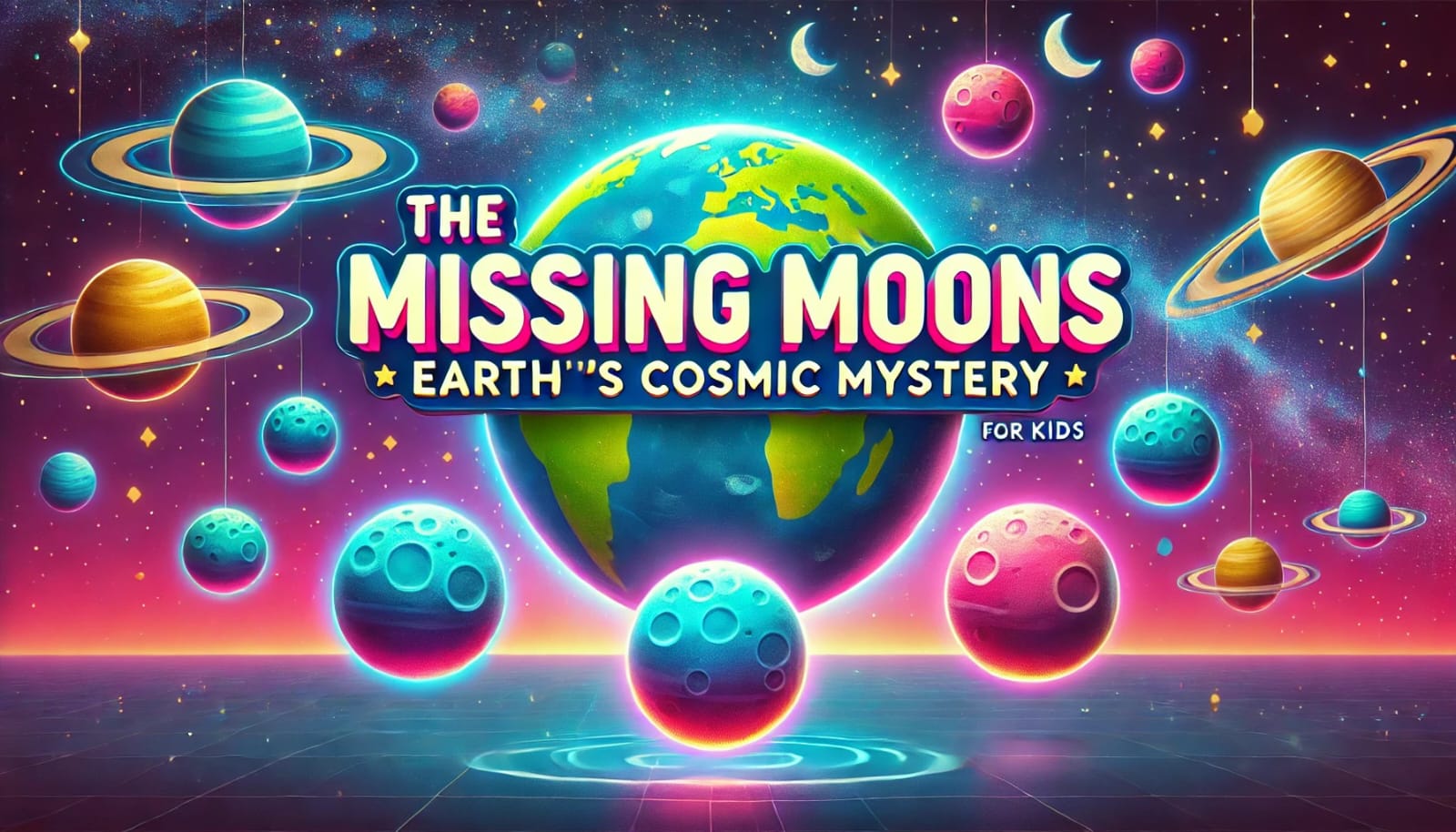
Have you ever looked up at the night sky and marveled at the Moon, our constant companion? It’s been there for billions of years, lighting our nights and sparking our imaginations. But what if I told you that Earth might not always have had just one moon? Some scientists believe there may have been more! What happened to these missing moons? Let’s unravel this cosmic mystery together.
Background: Earth and Its Lunar Companion
The Moon we see today is the result of a cosmic collision billions of years ago. Scientists think a planet-sized object, called Theia, smashed into a young Earth, throwing out a huge amount of debris. Over time, this debris came together to form the Moon. But could there have been other moons created during this chaotic time?
Here’s a fun fact: Some other planets in our solar system, like Jupiter and Saturn, have dozens of moons! So why does Earth have just one? This question has led scientists to wonder if Earth’s past might hold the secrets to more moons.
A Moon Team in the Sky?
Imagine Earth millions or even billions of years ago. Instead of one moon shining down on us, there might have been a team of moons circling our planet. Scientists came up with this idea after studying how planets and moons form in space. They think that when Earth was young, a giant space rock the size of Mars crashed into it. This huge smash-up threw tons of rock and dust into space. Over time, this space rubble stuck together, forming the Moon we see today—and maybe a few others, too!
The Mystery of the Missing Moons
If Earth had more than one moon, where did they go? One idea is that these “extra” moons might have been much smaller than our current Moon. As they orbited Earth, they could have slowly drifted too close to their big sibling. The bigger Moon’s gravity might have pulled them in, causing them to crash into it. These cosmic crashes could have left craters on the Moon’s surface, like scars from long-ago battles.
Another theory is even more dramatic. Some scientists think the smaller moons might have been flung out into space by Earth’s gravity, never to return. Imagine a game of intergalactic pinball, with moons being shot out into the dark depths of the universe!
Clues Written in the Stars
To solve this mystery, scientists study ancient rocks from Earth and the Moon. These rocks hold clues about what happened billions of years ago. By analyzing them, scientists can learn about the Moon’s past and whether it might have had some missing moon buddies.
They also use powerful telescopes and computer models to simulate what Earth’s early days might have looked like. It’s like creating a cosmic movie that helps them piece together the puzzle.
What If We Still Had More Moons?
If Earth still had more than one moon today, the night sky would look very different! Imagine seeing two or three moons glowing at night. They could cast extra moonlight, making nighttime much brighter. Tides in the oceans would be stronger and more complicated because more moons would mean more gravitational pulls. It would be a totally different world!
Fun Facts About the Moon(s)
- The Moon’s Twin? Scientists discovered a small asteroid, named Kamoʼ oalewa, that orbits near Earth and might be a piece of our Moon!
- Moon Dust Smells Funny: Astronauts on the Apollo missions described moon dust as smelling like gunpowder.
- Slow Dance: The Moon is slowly moving away from Earth by about 1.5 inches (4 cm) each year. Millions of years ago, it was much closer and looked bigger in the sky!
DO YOU KNOW?
The Moon’s gravitational pull is the reason we have ocean tides. Imagine if there were two moons pulling the water—the tides might have been much wilder, creating super-high waves!
The Mystery Lives On
Even though scientists have some exciting theories, we don’t have all the answers yet. The idea of Earth having more than one moon is still a mystery waiting to be solved. And who knows? Maybe one day, you could be the scientist who uncovers the truth about the missing moons!
So, the next time you look up at the Moon, think about its long, adventurous history. It might have had some companions long ago, each with its own story to tell. The universe is full of mysteries, and the missing moons of Earth are just one of them.
Keep asking questions, keep exploring, and who knows what secrets you might discover! 🌕🌌

